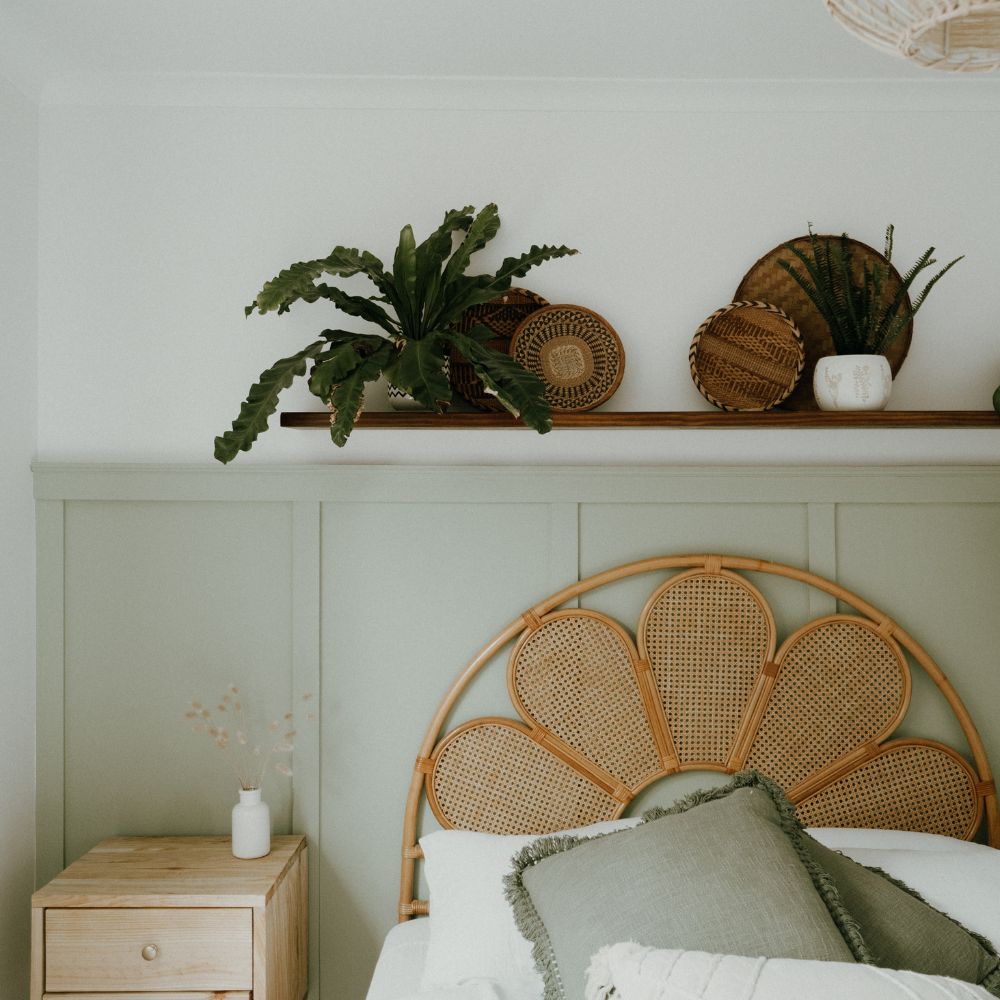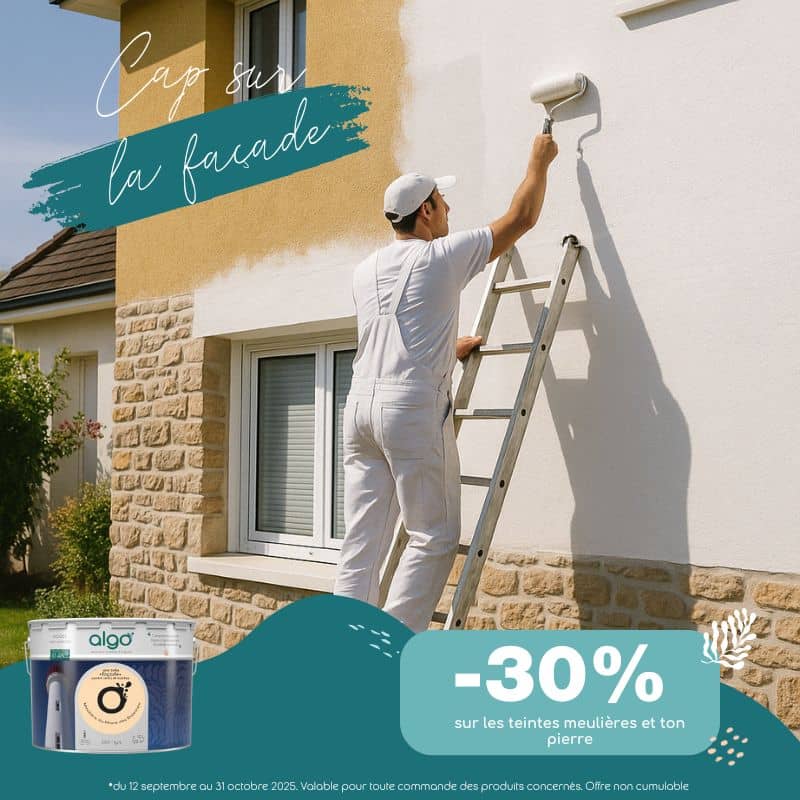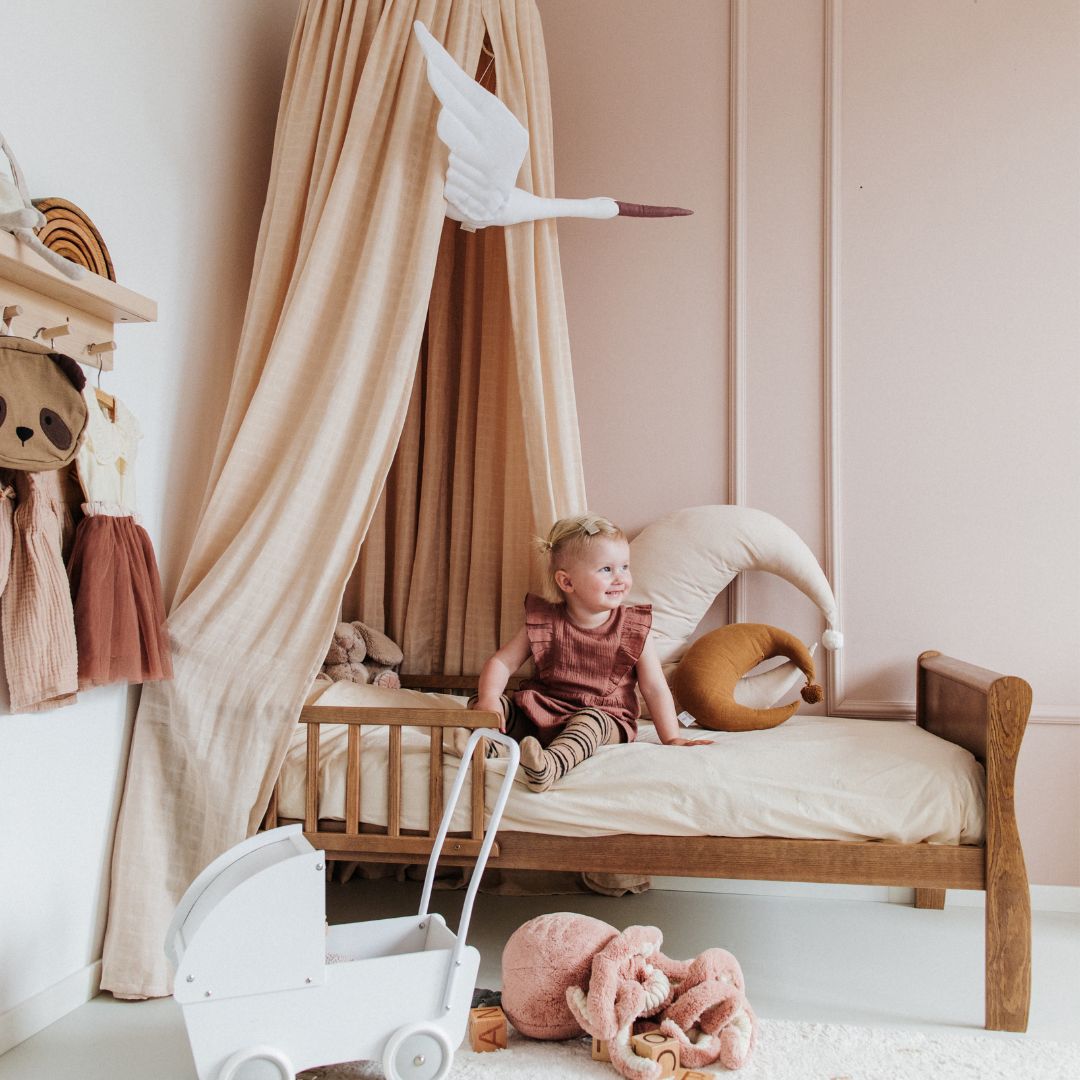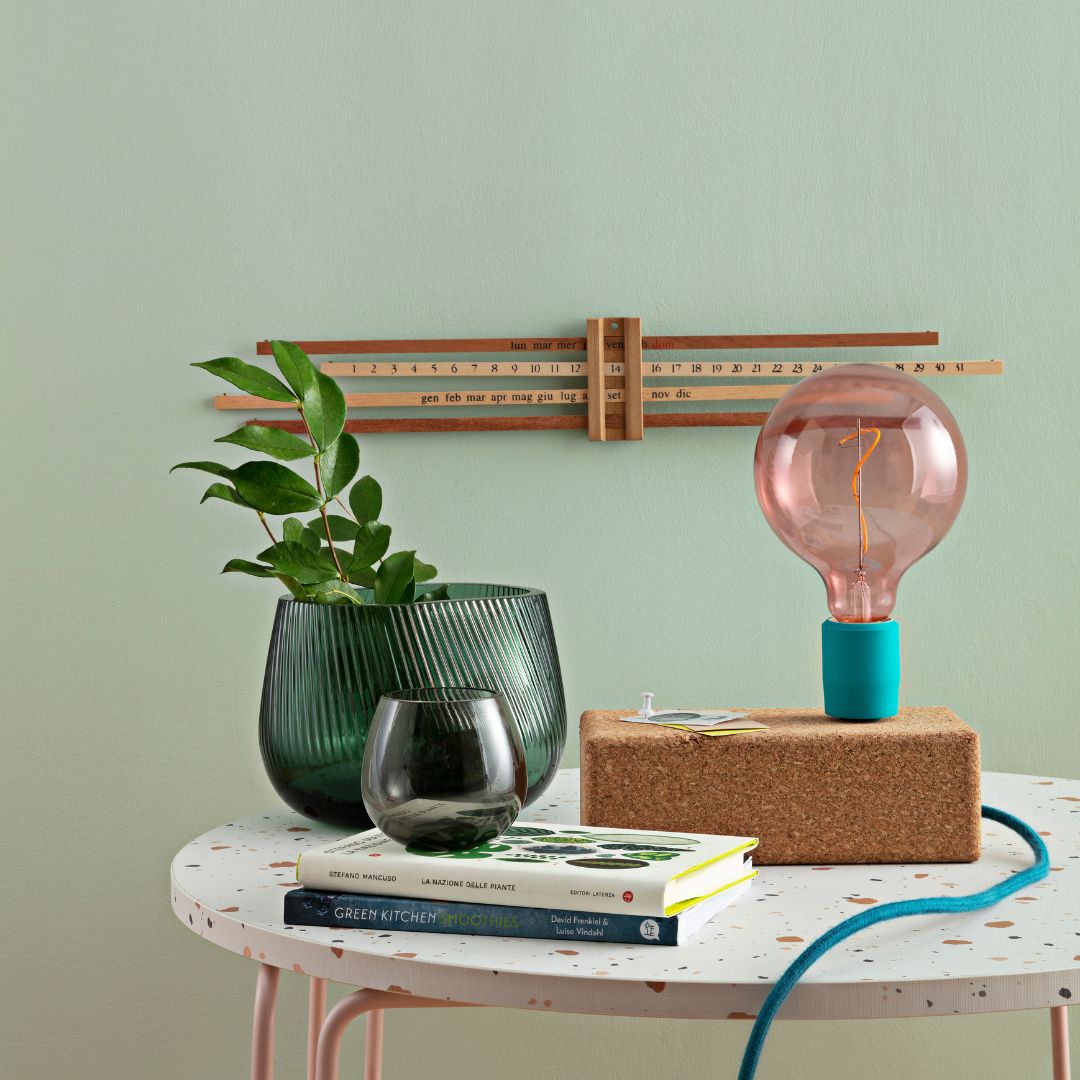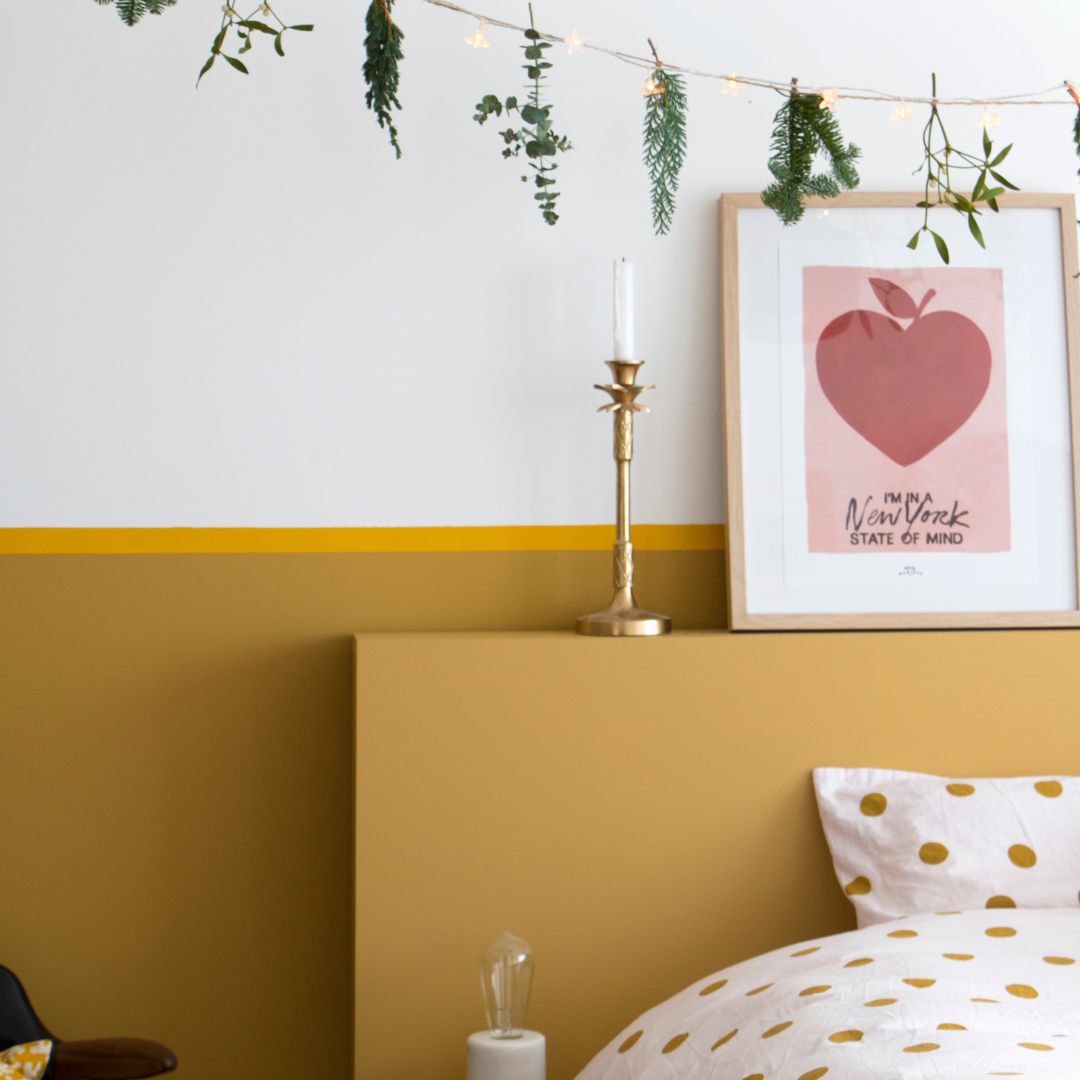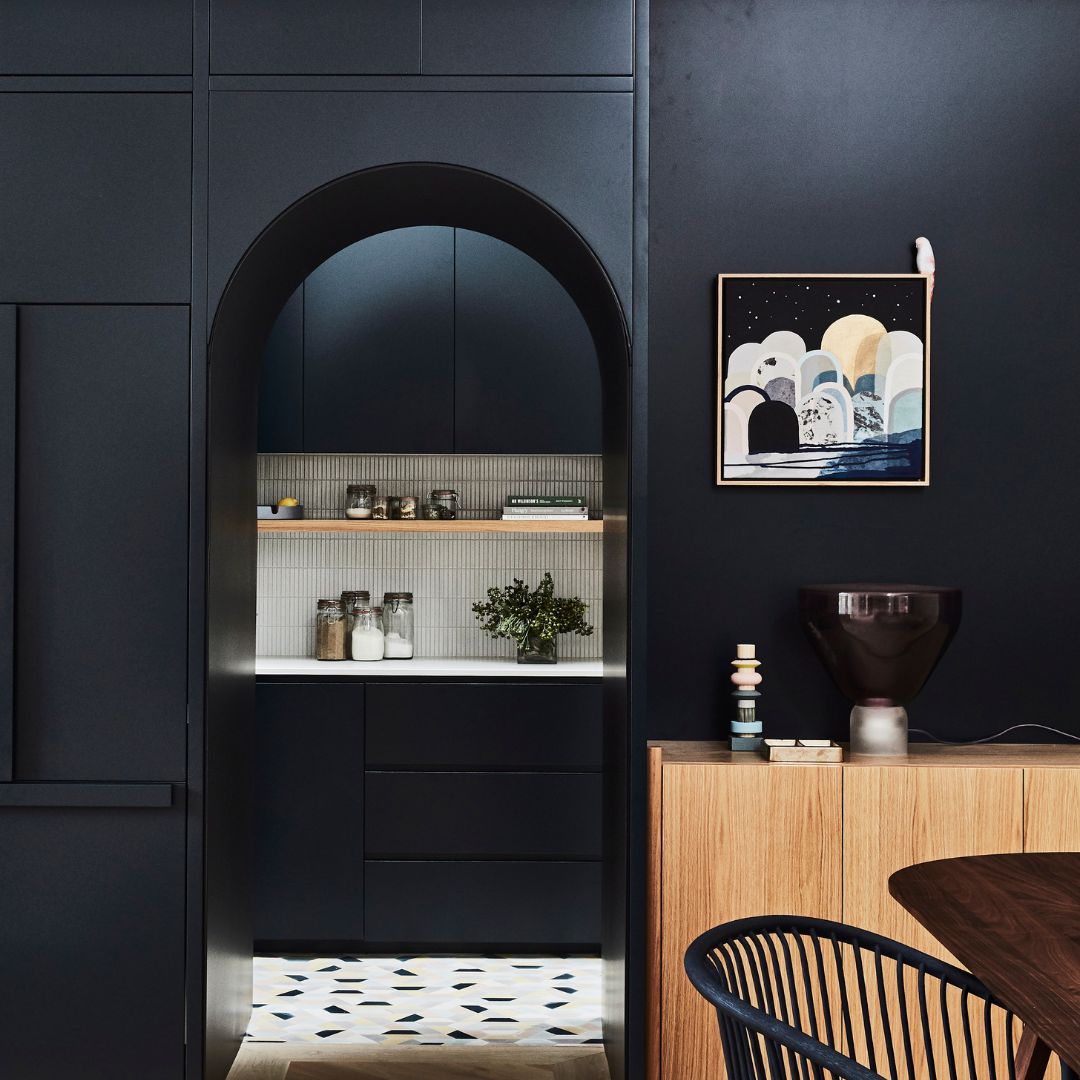Do you want to carry out work on a wooden surface and are you unsure about the type of white paint you are going to apply to your woodwork?
If these doubts are legitimate, you can choose your paint in stages: the first of these is to identify the paint according to the support: for example, among the ranges offered by Algo, two of them are compatible with furniture. However, these ranges do not have the same advantages and will not necessarily offer the same performance when you are going to paint. The choice of color is the next step, and even if you choose to use a white paint, keep in mind that there are many shades of white for your decoration: pure white, off-white, or slightly colored white, a multitude of possibilities are available to you.
White is a color that is often highlighted, particularly because of its ability to preserve the brightness of the room and to visually guarantee the available space.
What type of white paint should I apply to wood?
The white paint to be applied to wood will be different if it is applied indoors or outdoors.
The suggestions below only apply to wooden supports intended for indoor use.
The type of wood is also a factor to take into account: if we take the example of tannic woods, it will be very important to choose a paint that is able to block the tannin in order to avoid possible stains and stains.
Acrylic paints
Acrylic paints are water-based paints and are known for their versatility on conventional surfaces, whether walls , ceilings or even woodwork for this frame.
It is true that this type of paint has significant advantages, the first of which is the paint's ability to dry quickly regardless of the surface, but also the ease of application specific to this type of paint when you are going to paint.
White acrylic paints are also known to have a tendency to promote limited yellowing over time.
Although these two advantages may make choosing an acrylic paint for your painting surface tempting, it is very important to choose a paint that can block the tannin and thus prevent stains in the form of halos from becoming visible on the wood.
This choice is all the more important with the application of white paint which will accentuate this defect.
Finally, if acrylic paints are also called water-based paints: it must be kept in mind that they are mainly composed of chemical elements which does not make them an ecological paint.
Choose an eco-friendly wood paint
Choosing an eco-friendly white paint for your wooden surface has two major objectives: the first is to preserve the health of those who will live daily with the wood painted with an eco-friendly paint through the quality of the air they breathe.
The second is the composition of a product that will be less harmful to the environment.
Eco-friendly paints designed and manufactured today have the same durability and quality as so-called conventional paints: all the more reason to take the plunge for your projects!
Drying is fast with ease of application equal to a standard paint while having strong resistance to yellowing over time.
Note that the coverage is equivalent to, or sometimes even superior to, conventional paint. Indeed, Algo paint has a coverage of 12m² per liter, which is superior to many other existing paint ranges.
As for coverage, the number of coats will be the same as for a normal paint, namely two finishing coats: you can even do without an undercoat if you use Algo furniture paint.
To help you choose your eco-friendly paint, here are some criteria that will help you choose the eco-friendly paint suitable for restoring your wooden furniture.
The VOCs contained in the paint, for example, are a key factor in choosing the paint to choose:
Eco-friendly paints are also particularly recommended for rooms where people spend a lot of time, such as bedrooms or living rooms, especially when there are children present.
Which white to choose?
Choosing the right shade of white for painting may seem simple on the surface, but it's not an easy task, especially if you're undecided about how to decorate your furniture!
Among the whites that you can apply to your woodwork, we can distinguish two types of whites: so-called tinted whites that we can consider as shades in their own right.
Existing tinted whites
Among these whites, some real trends are emerging, such as warm white, which is a warm white with a hint of yellow. Very easy to live with, it can be applied with a very wide range of colors from the color chart.
A particularly trendy white, it can also be called off-white depending on the different paint ranges for a warm and harmonious atmosphere.
Other whites can be applied, such as slightly grayed white, offering a touch of sobriety and elegance.
Pure white
Pure white is the standard white used by all paint brands: it is the white par excellence that is applied in the majority of interiors and also on wood.
It is a timeless piece that will adapt to all situations and all rooms.
If pure white is the perfect alternative to choosing a tinted white, it will have many advantages, the first of which is its ability to reflect light.
In other words, using pure white will provide additional brightness, which can be particularly useful in narrow rooms or rooms lacking natural light.
Knowing how to match all the shades in the color chart, it is also an additional advantage if you plan to change your decoration or move your furniture, think about it!
Anne-Sophie's additional advice:
After applying your satin or matte white furniture paint, we recommend applying two coats of satin or matte varnish to ensure the durability of your surface.
So think about varnish for your painting work!
